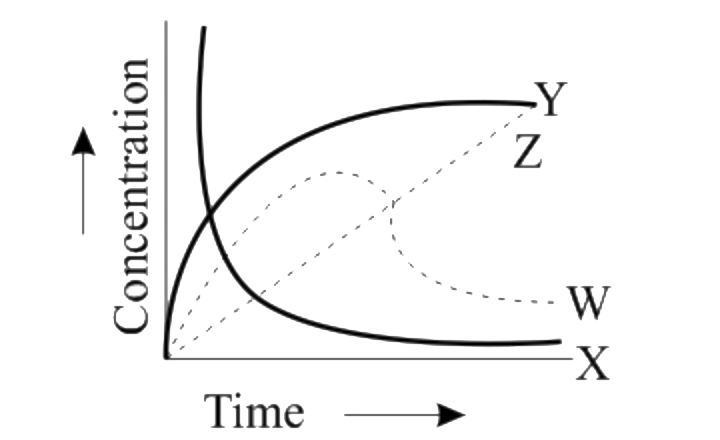In the following reaction, A+B+Q⇌C+D the temperature is increased then concentration of the product will
To solve the question regarding the effect of temperature on the concentration of products in the reaction A + B + Q ⇌ C + D, we can follow these steps:
Step 1: Identify the Reaction Type
The reaction is given as A + B + Q ⇌ C + D. Here, Q represents heat. To determine the effect of temperature, we need to identify whether the reaction is endothermic or exothermic.
Hint: Consider how heat (Q) is involved in the reaction. Is it a reactant or a product?
Step 2: Determine the Nature of the Reaction
In this case, since heat (Q) is a reactant, we can conclude that the reaction is endothermic. An endothermic reaction absorbs heat, meaning that increasing the temperature will shift the equilibrium to favor the formation of products.
Hint: Recall Le Chatelier's principle, which states that if a system at equilibrium is subjected to a change in conditions, the system will adjust to counteract that change.
Step 3: Apply Le Chatelier's Principle
According to Le Chatelier's principle, if we increase the temperature of an endothermic reaction, the equilibrium will shift to the right, favoring the formation of products (C and D). This means that the concentration of products will increase.
Hint: Think about how the system responds to an increase in temperature. What direction does it shift?
Step 4: Conclusion
Since the temperature is increased in the reaction A + B + Q ⇌ C + D, the concentration of the products (C and D) will increase.
Final Answer: When the temperature is increased, the concentration of the products will increase.
The reaction is given as A + B + Q ⇌ C + D. Here, Q represents heat. To determine the effect of temperature, we need to identify whether the reaction is endothermic or exothermic.
In this case, since heat (Q) is a reactant, we can conclude that the reaction is endothermic. An endothermic reaction absorbs heat, meaning that increasing the temperature will shift the equilibrium to favor the formation of products.
According to Le Chatelier's principle, if we increase the temperature of an endothermic reaction, the equilibrium will shift to the right, favoring the formation of products (C and D). This means that the concentration of products will increase.
Since the temperature is increased in the reaction A + B + Q ⇌ C + D, the concentration of the products (C and D) will increase.
Topper's Solved these Questions
- BOOK - RESONANCE ENGLISHCHAPTER - IUPAC NOMENCLATURE & STRUCTURAL ISOMERISM EXERCISE - Exercise-1 Part-1 Section(A)10videos
IUPAC NOMENCLATURE & STRUCTURAL ISOMERISM
- BOOK - RESONANCE ENGLISHCHAPTER - IUPAC NOMENCLATURE & STRUCTURAL ISOMERISM EXERCISE - Exercise-1 Part-1 Section(B)8videos
IUPAC NOMENCLATURE & STRUCTURAL ISOMERISM
- BOOK - RESONANCE ENGLISHCHAPTER - IUPAC NOMENCLATURE & STRUCTURAL ISOMERISM EXERCISE - Advanced Level Problems Part-52videos
IUPAC NOMENCLATURE & STRUCTURAL ISOMERISM
- BOOK - RESONANCE ENGLISHCHAPTER - IONIC EQUILIBRIUMEXERCISE - partIII one or more than one options correct type10videos
IONIC EQUILIBRIUM
- BOOK - RESONANCE ENGLISHCHAPTER - METALLURGYEXERCISE - ORGANIC CHEMISTRY(Alkyl Halide, Alcohol,Phenol,Ether)17videos
METALLURGY
Similar Questions
Knowledge Check
- Question 1 - Select One
Consider the reaction A→B. The concentration of both the reactants and the products varies exponentially with time. Which of the following figure correctly describes the change in concentration of reactants and products with time ?
A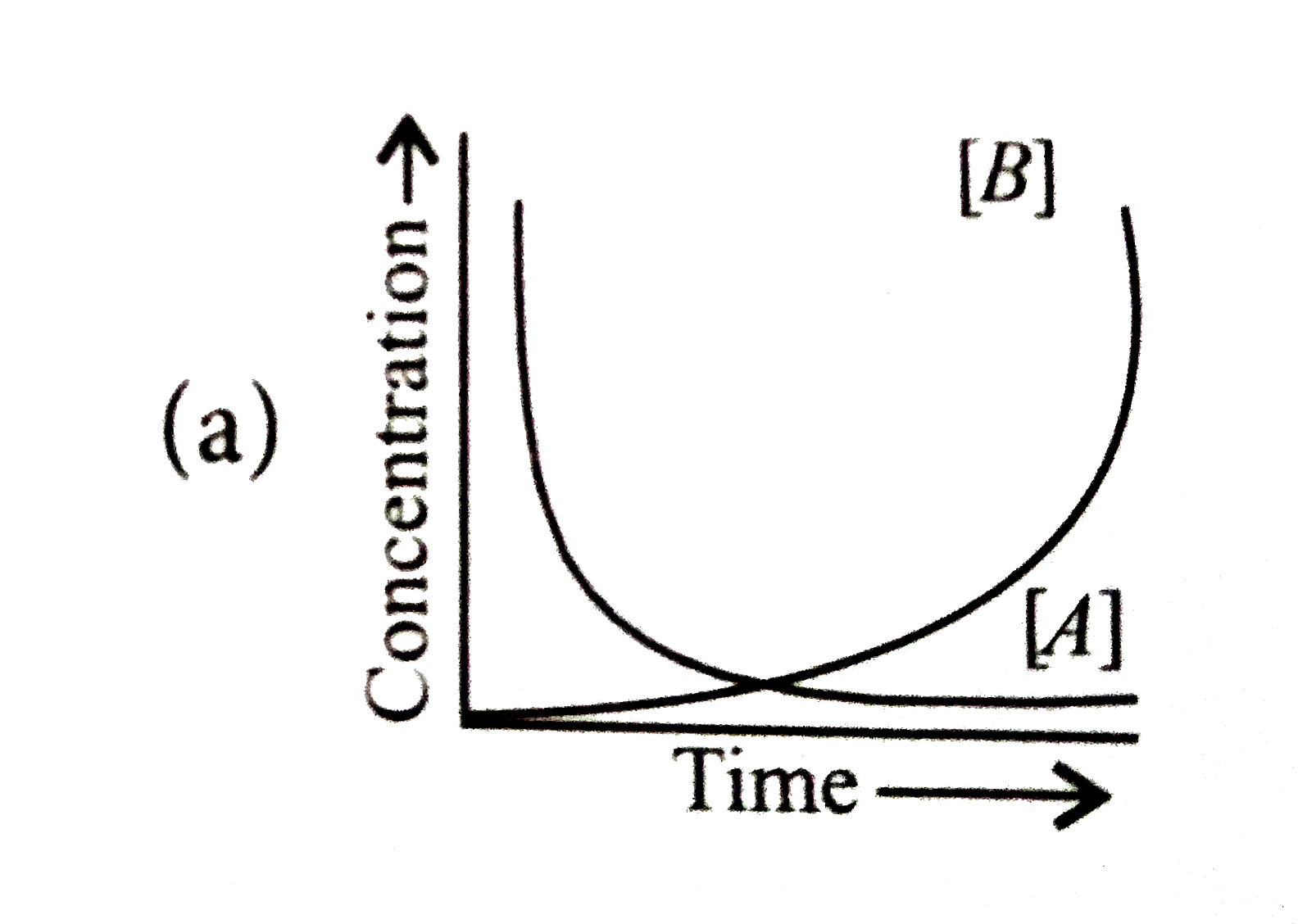 B
B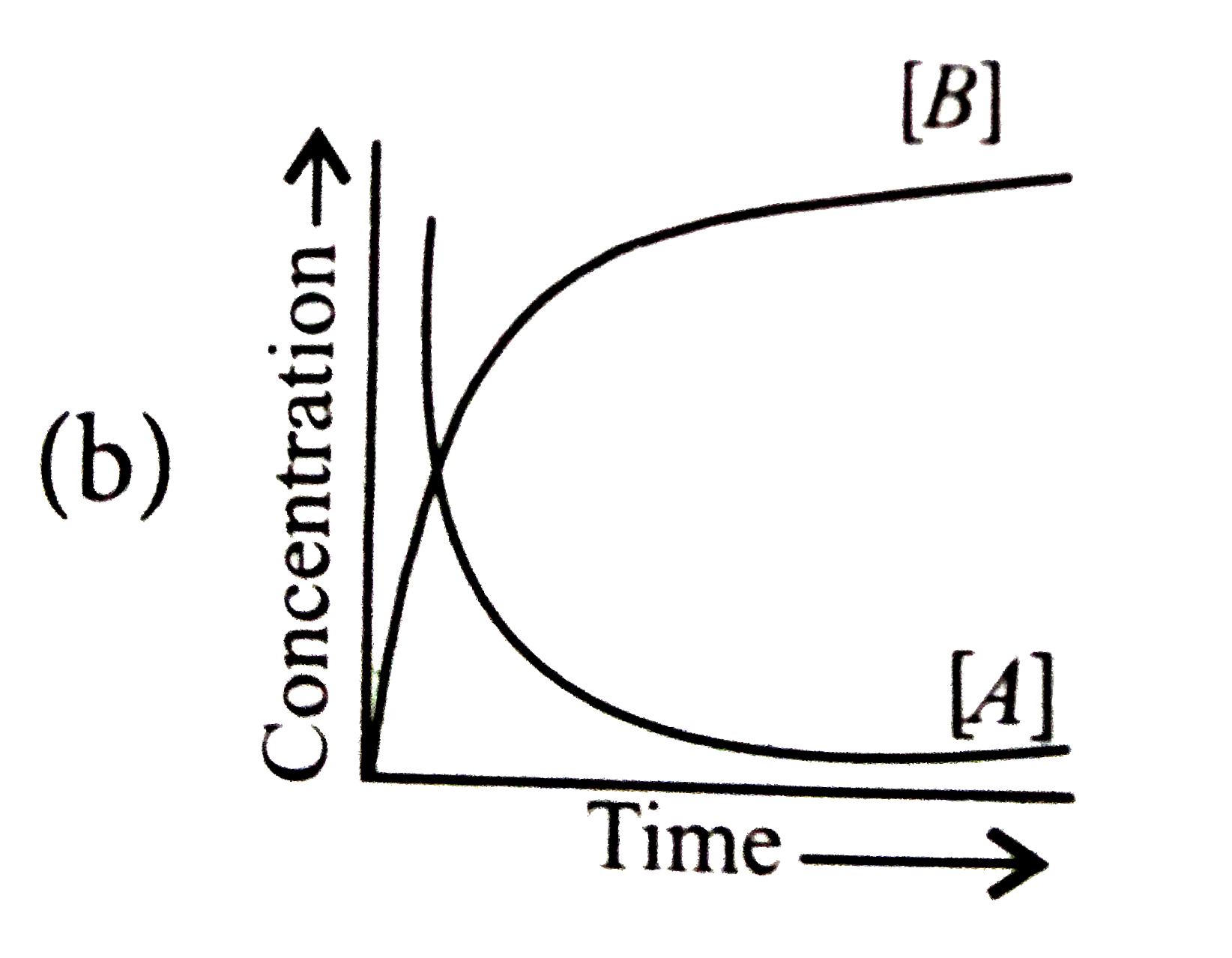 C
C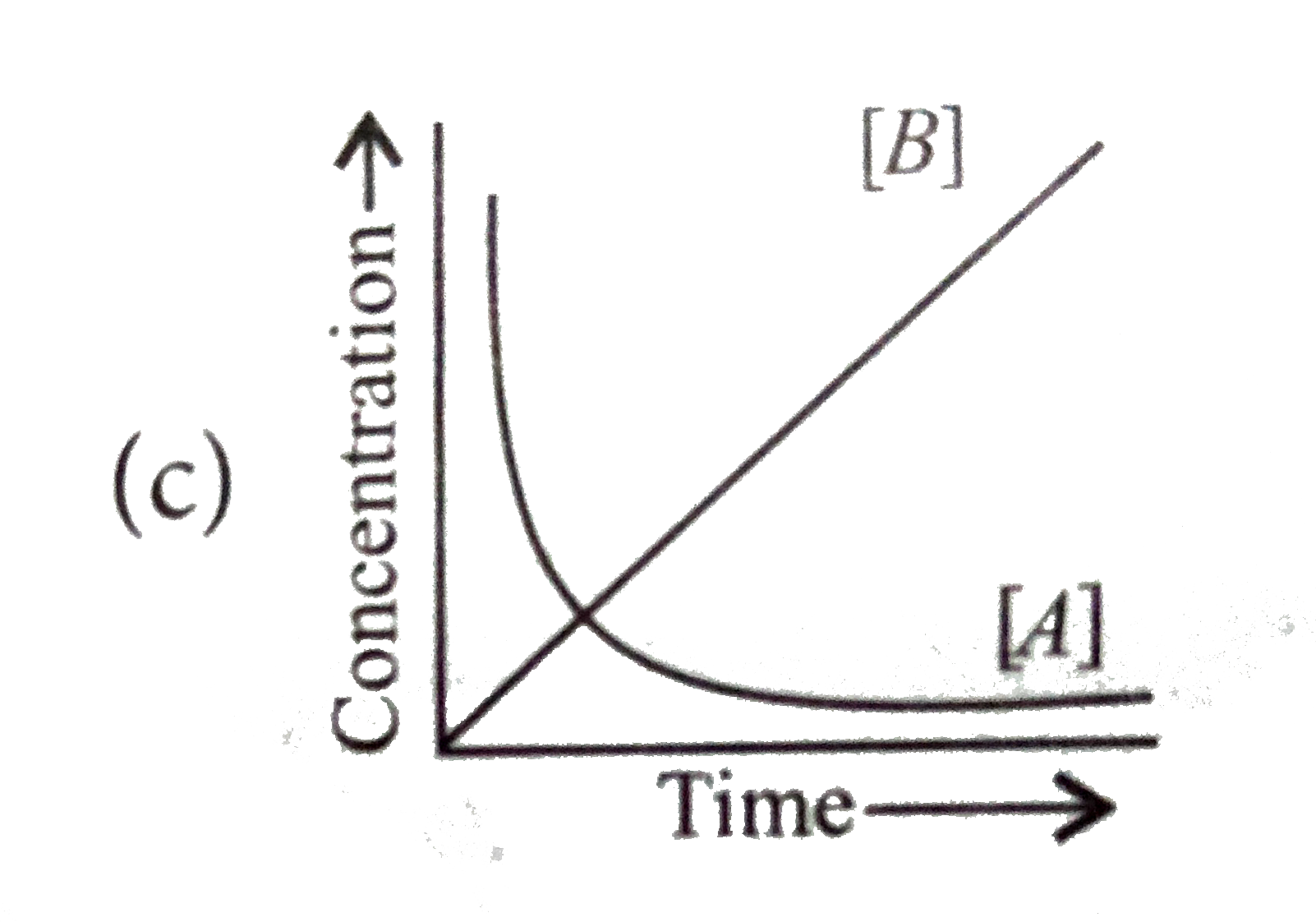 D
D
In a reaction A→B the rate of reaction increases two times on increasing the concentration of the reactant four times, then order of reaction is
View SolutionIf the concentration of the reactants in the elementary reaction 2A + B → C + D is increased three folds, the rate of the reaction will be increased by:
View SolutionIn which of the following reaction, the yield of the products does not increase by increase in the pressure?
View SolutionConsider the reaction A→B. The concentration of both the reactants and the products varies exponentially with time. Which of the following figure correctly describes the change in concentration of reactants and products with time ?
View SolutionIn which of the following reaction, the yield of the products does not increase by increase in thepressure?
View SolutionIn the following sequence of reactions, products A, B, C, D, and E are formed:
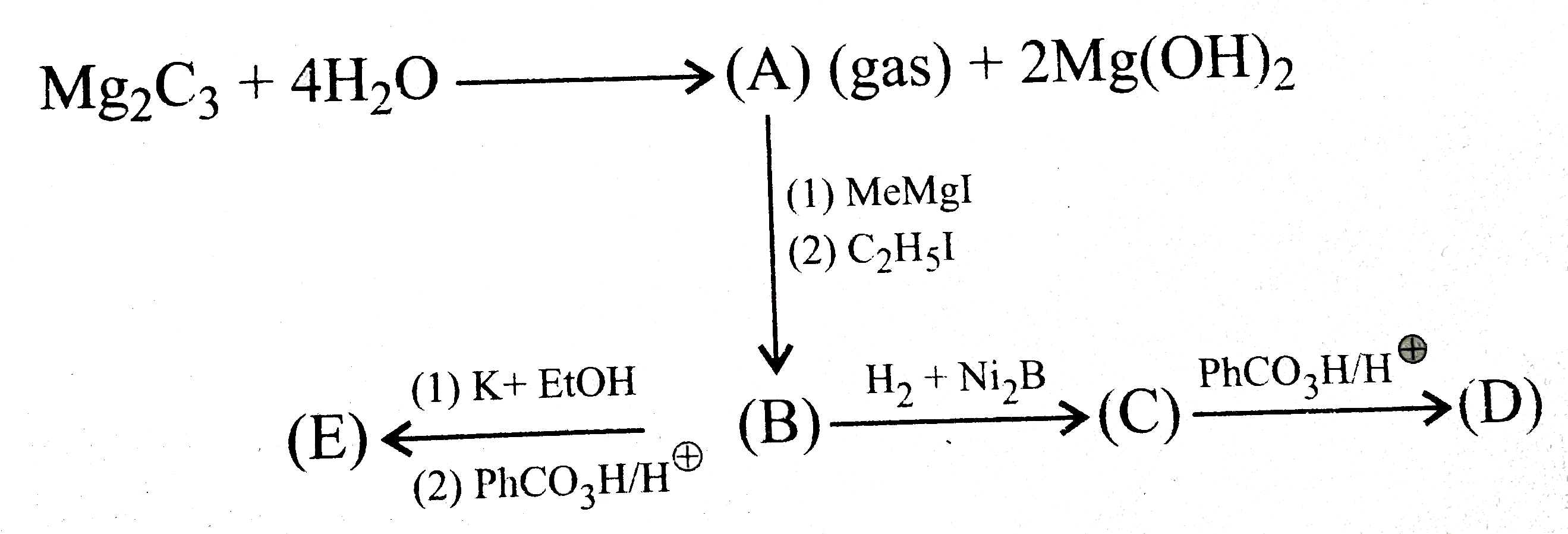
The structure of product (D) is:View SolutionIn the following sequence of reactions, products A, B, C, D, and E are formed:

The structure of product (D) is:View Solution


